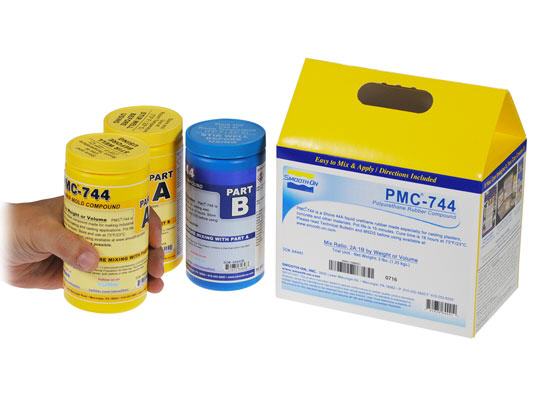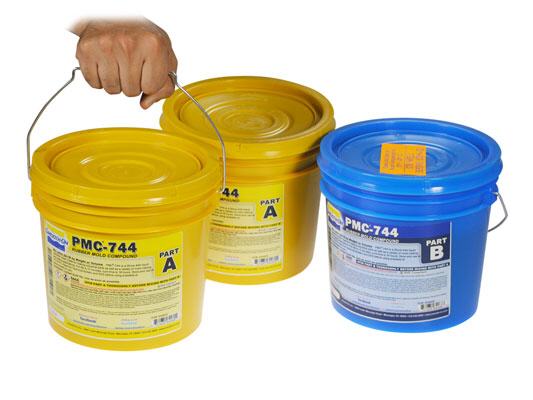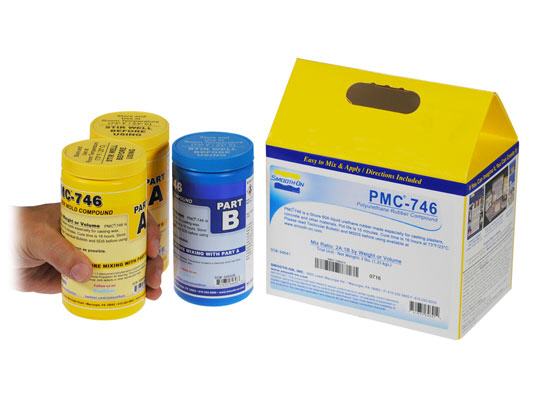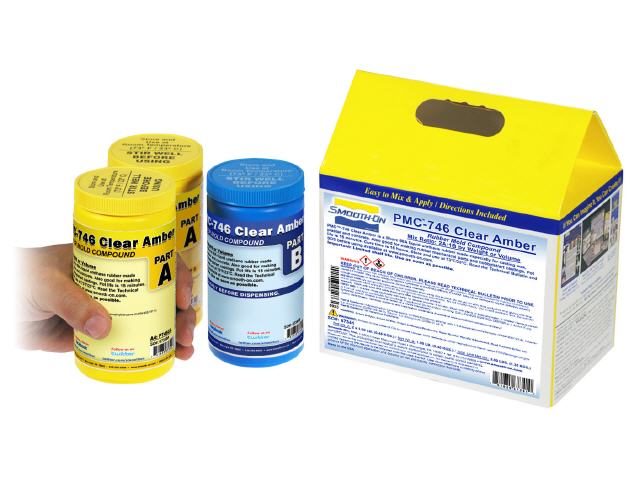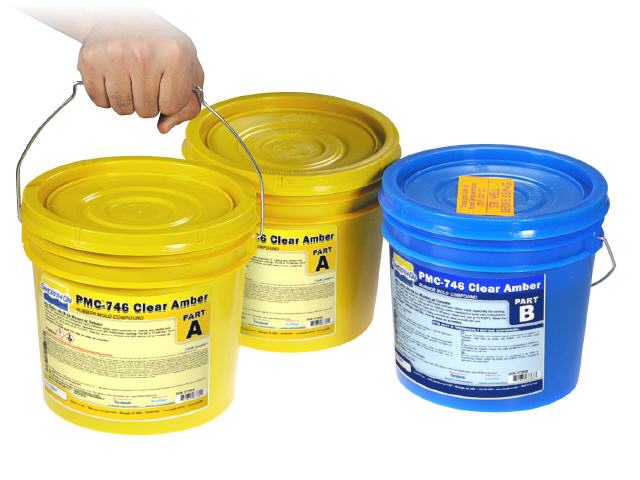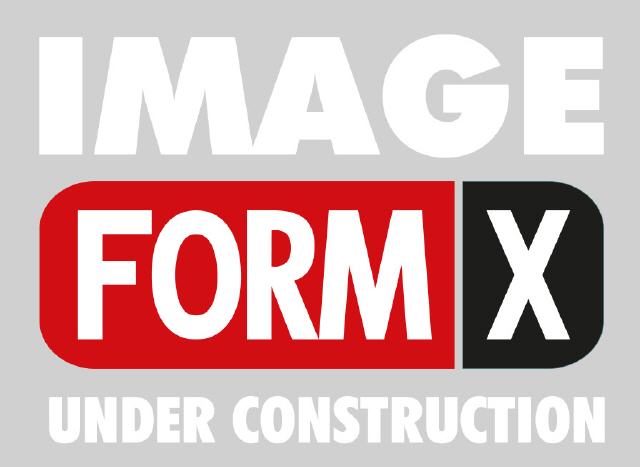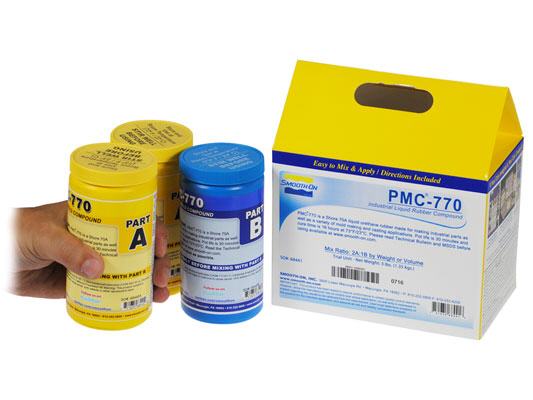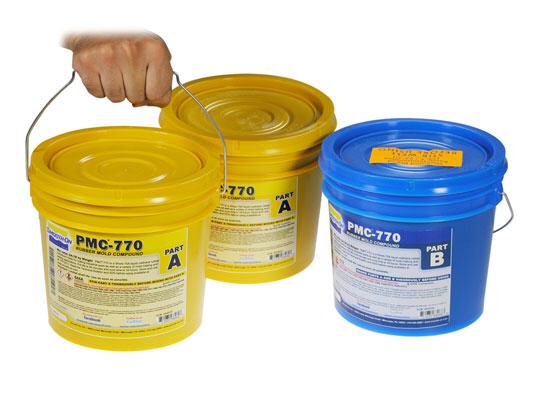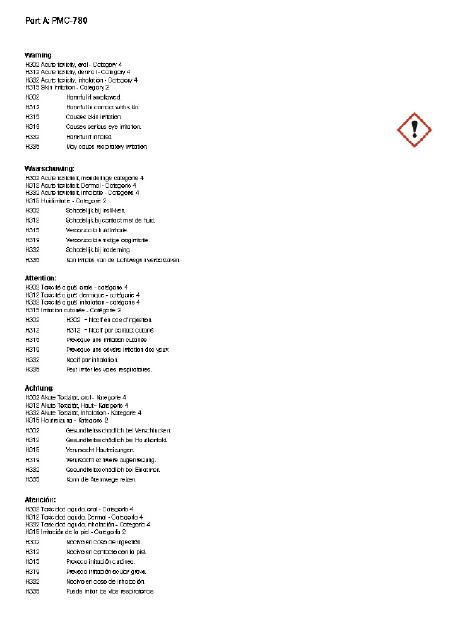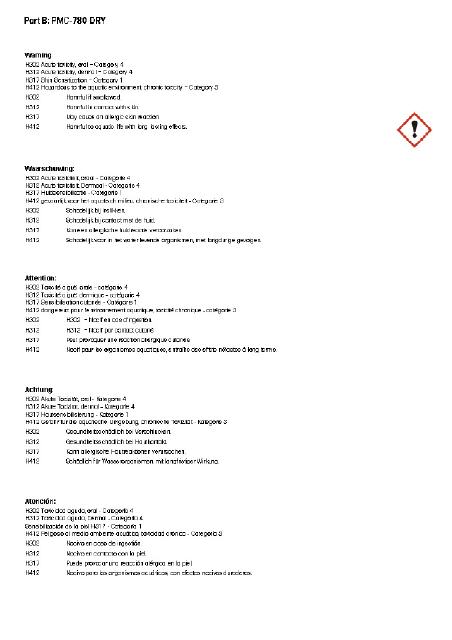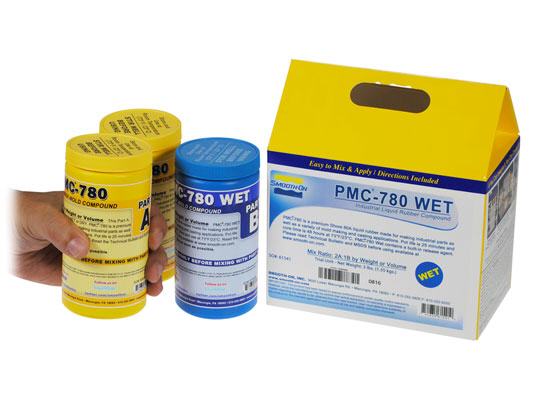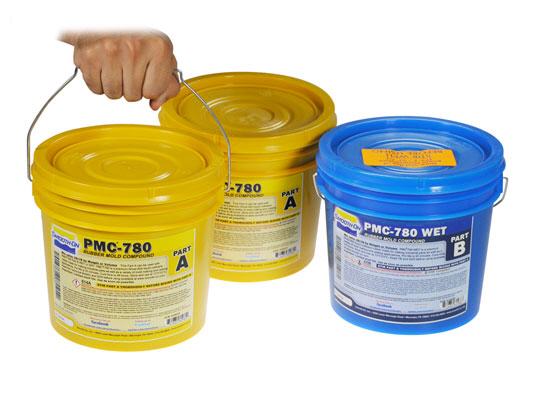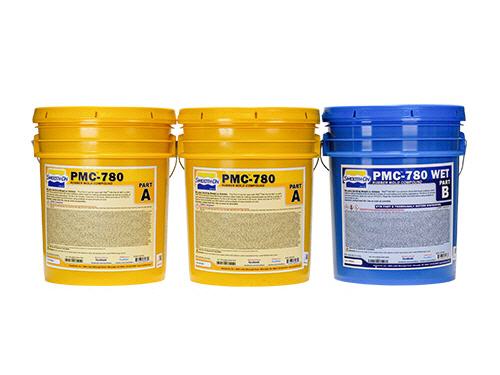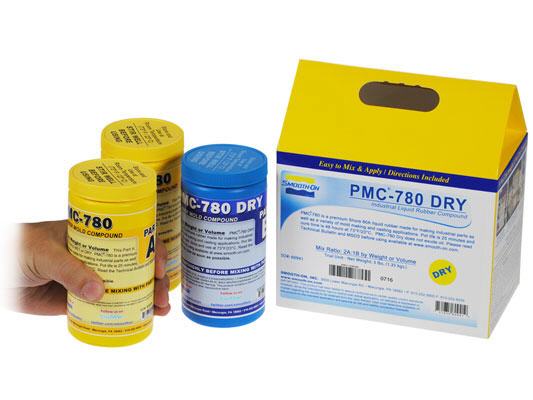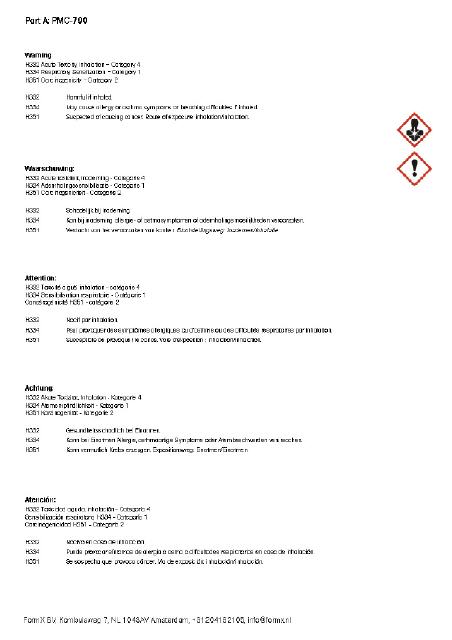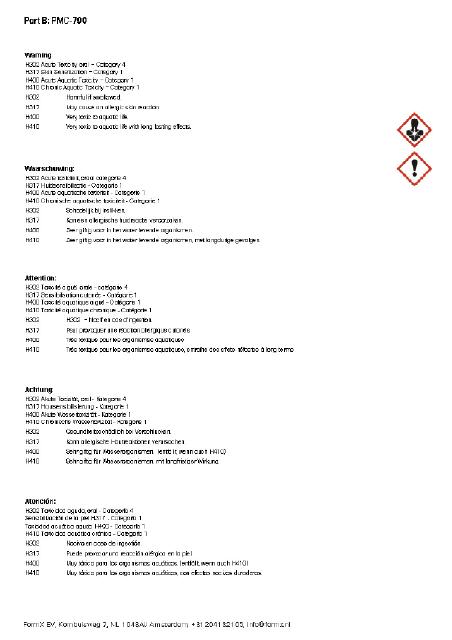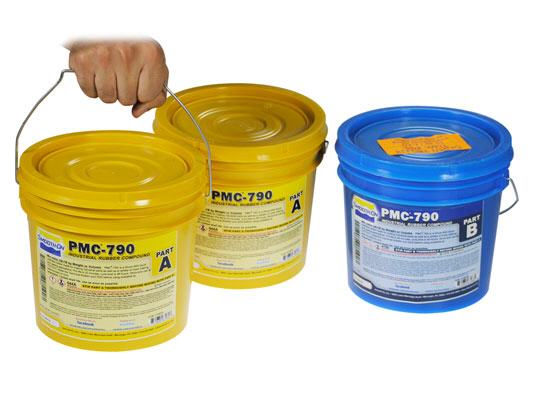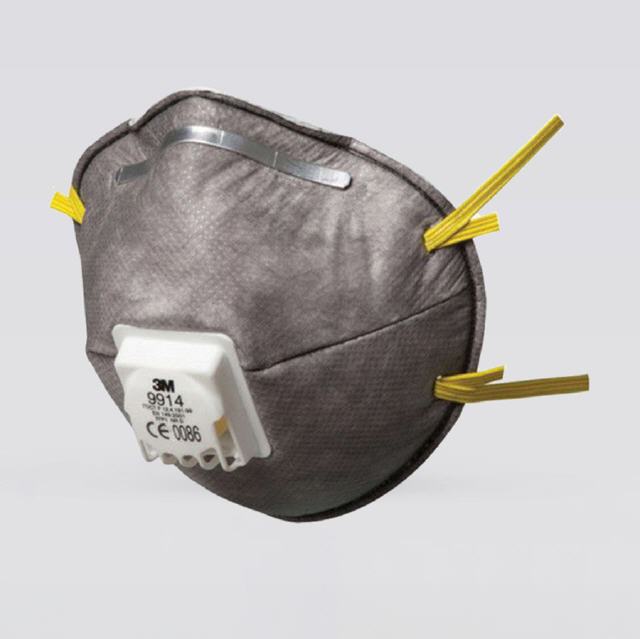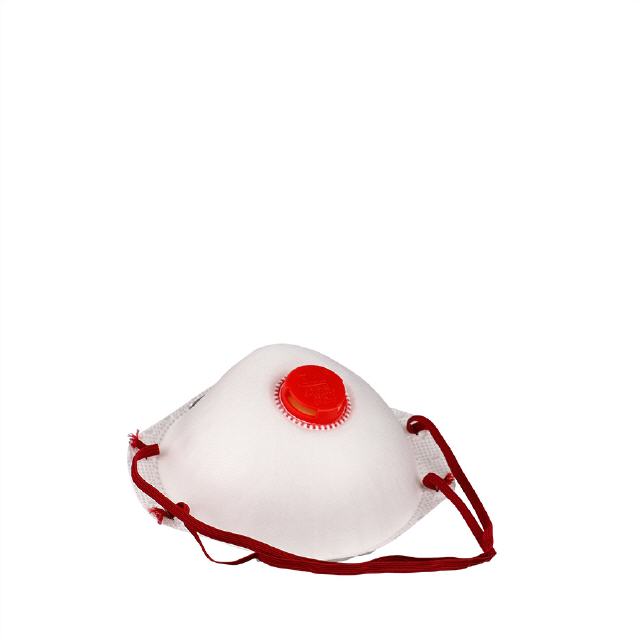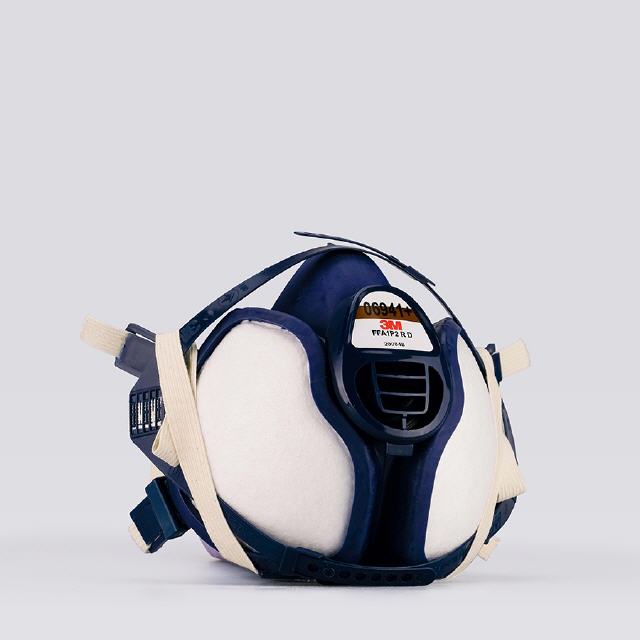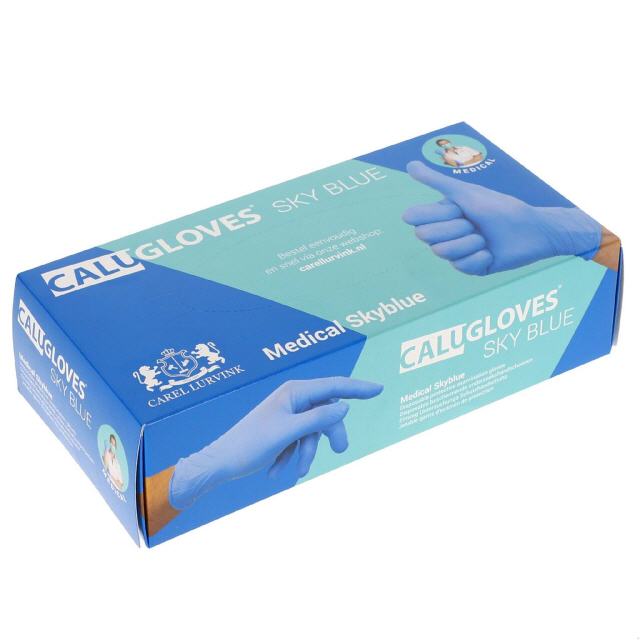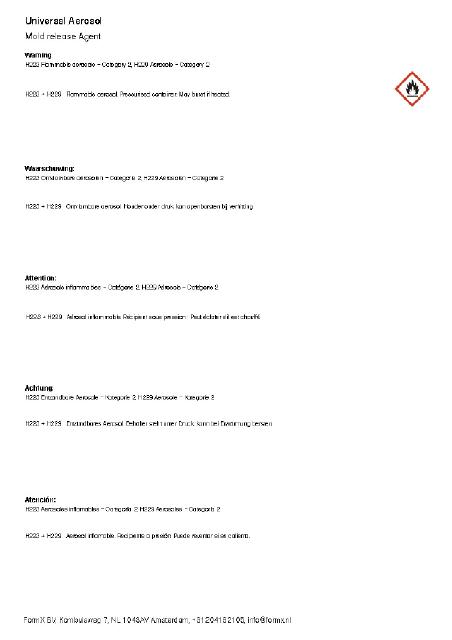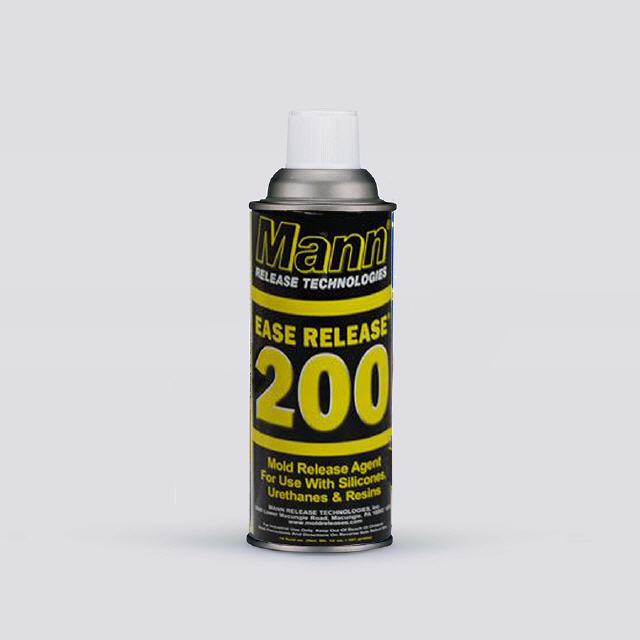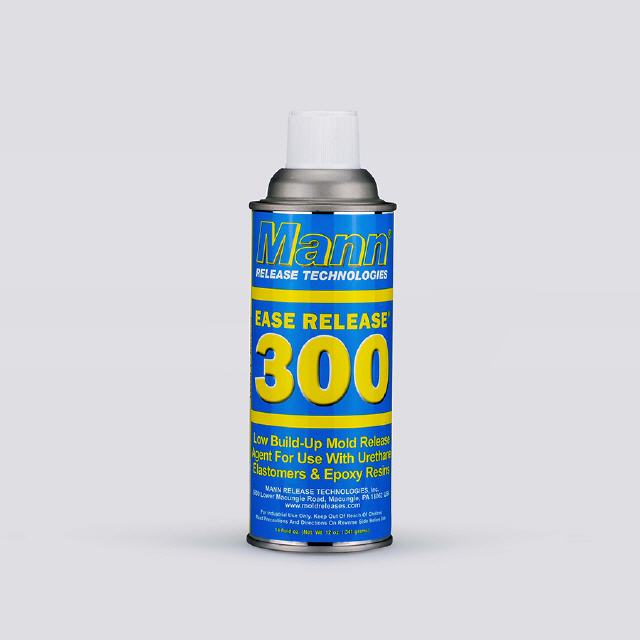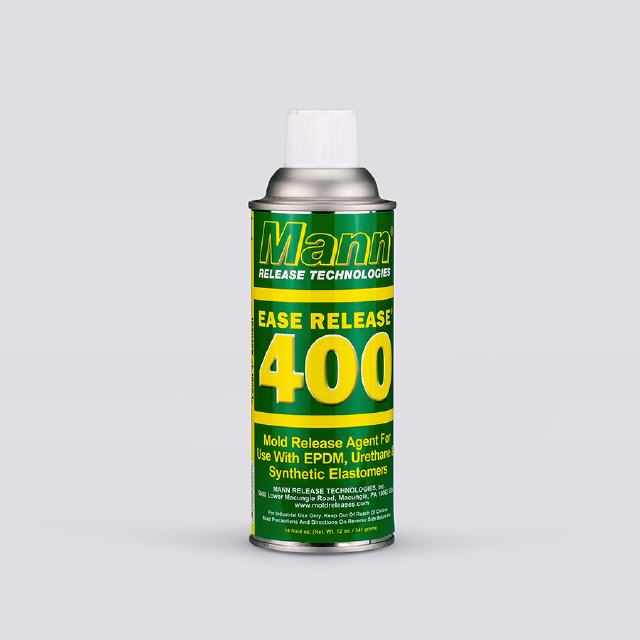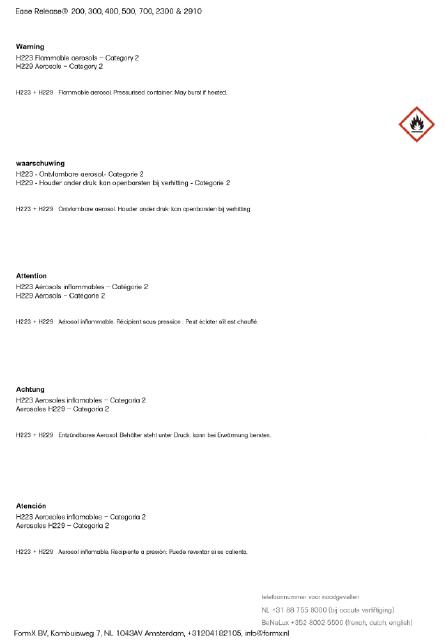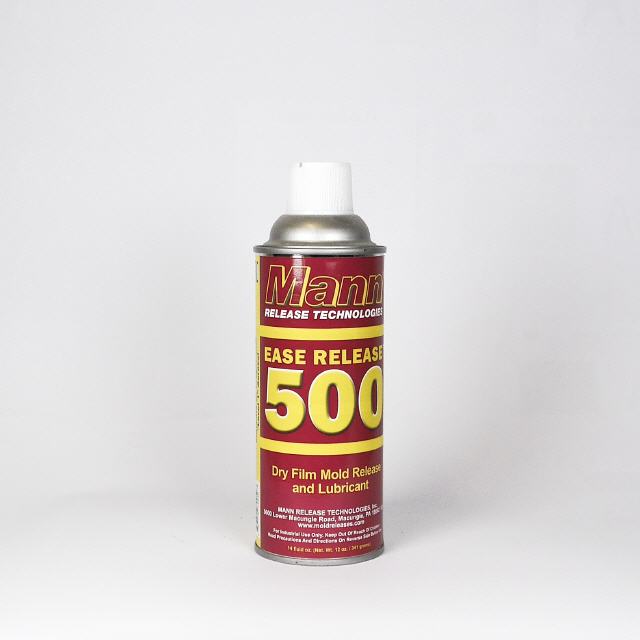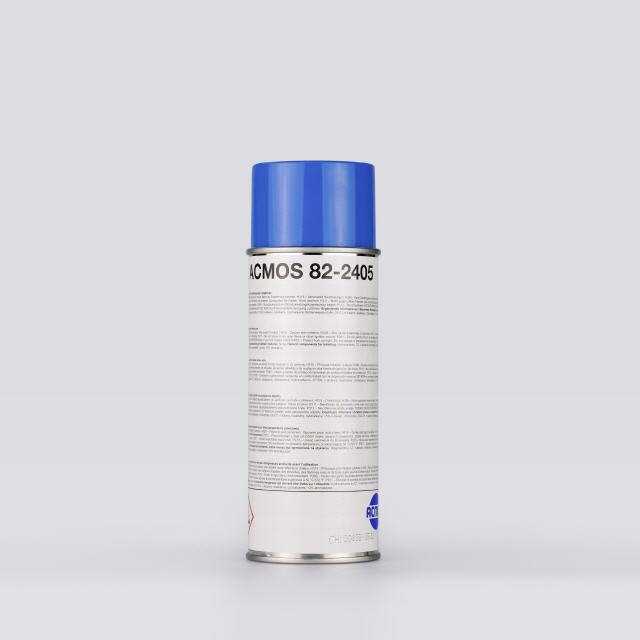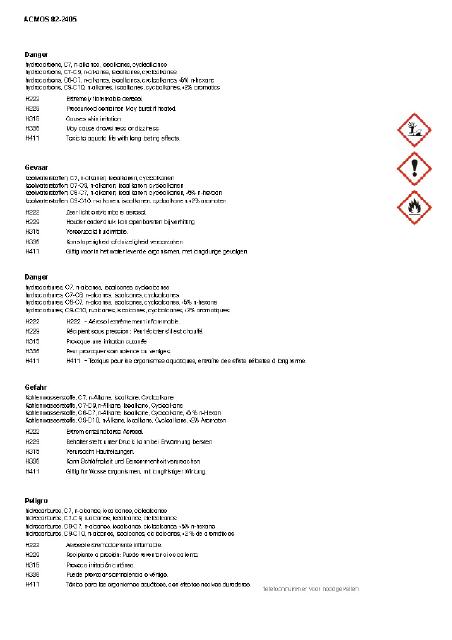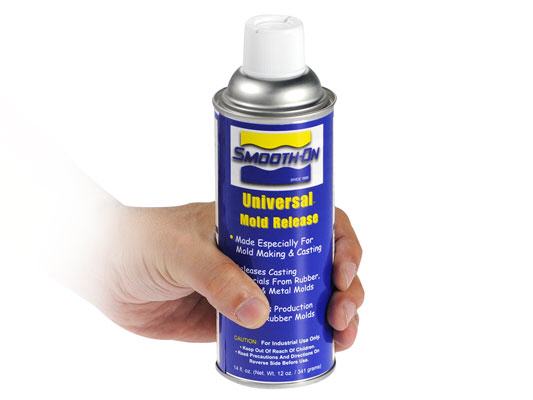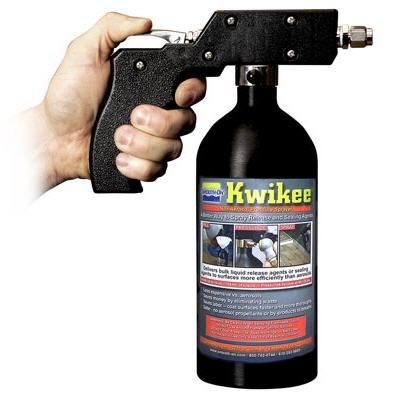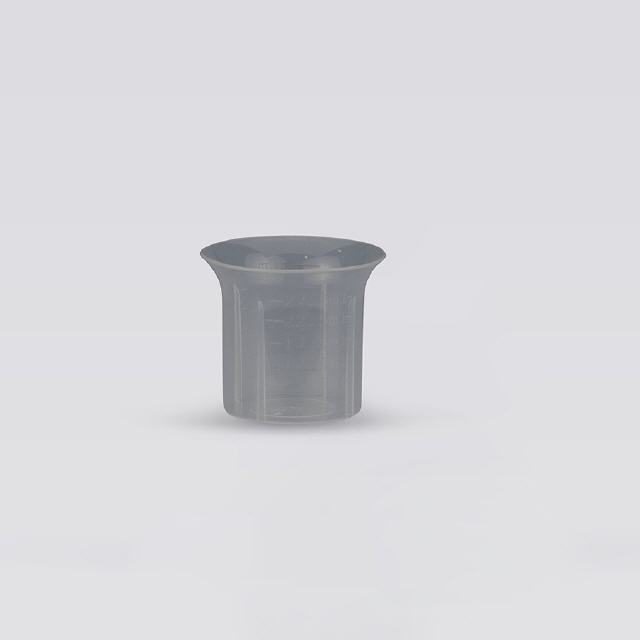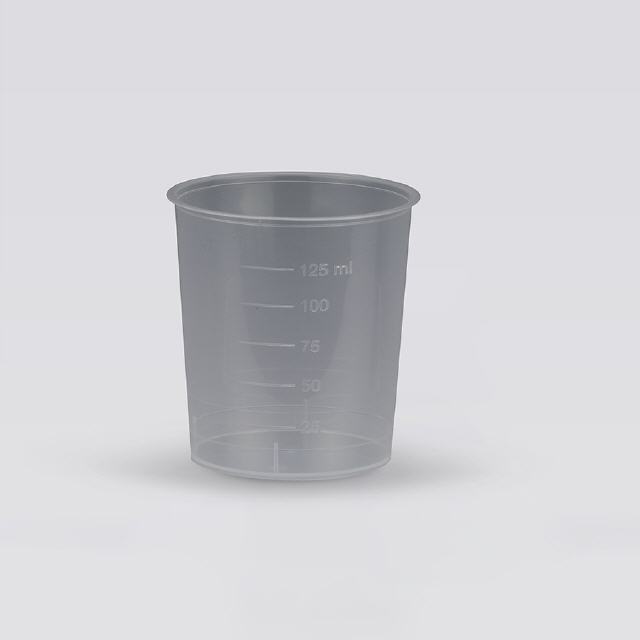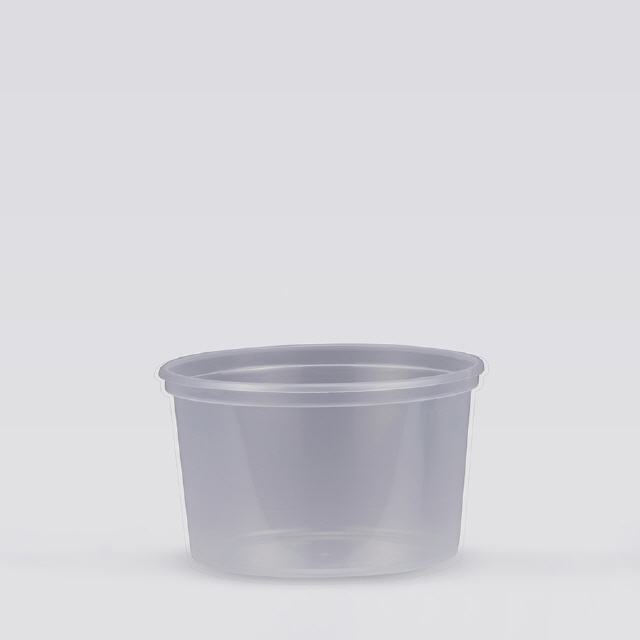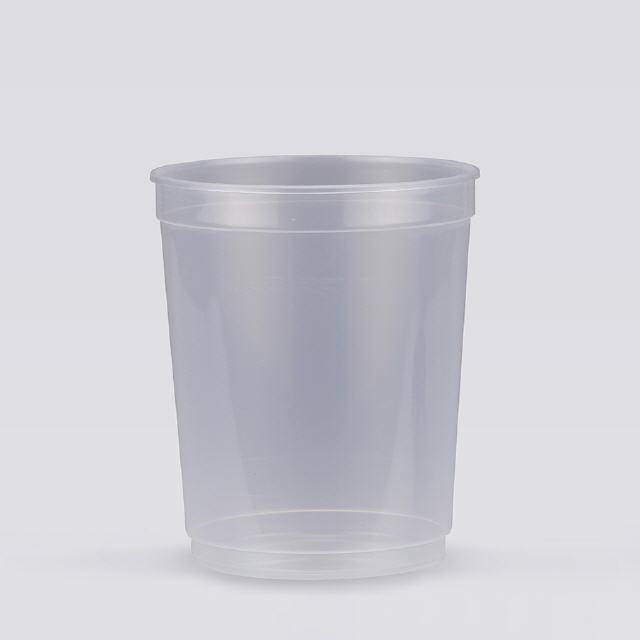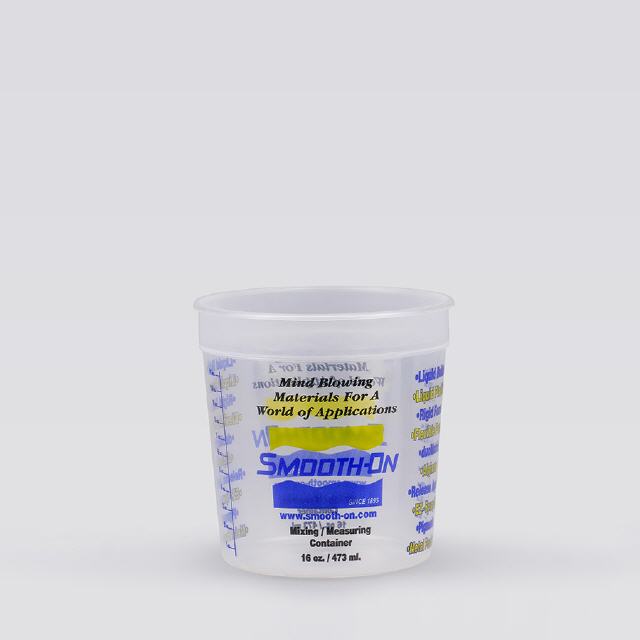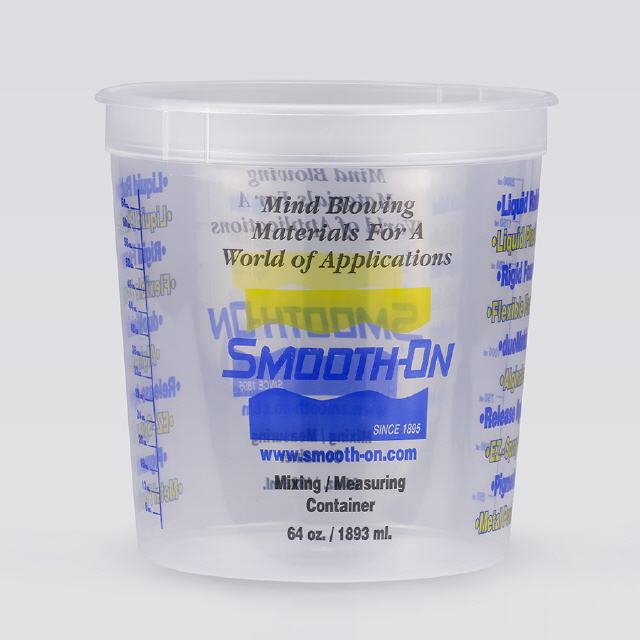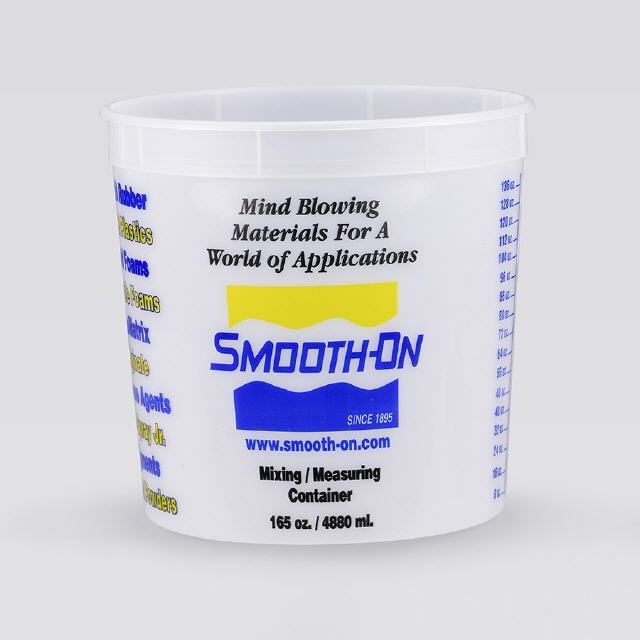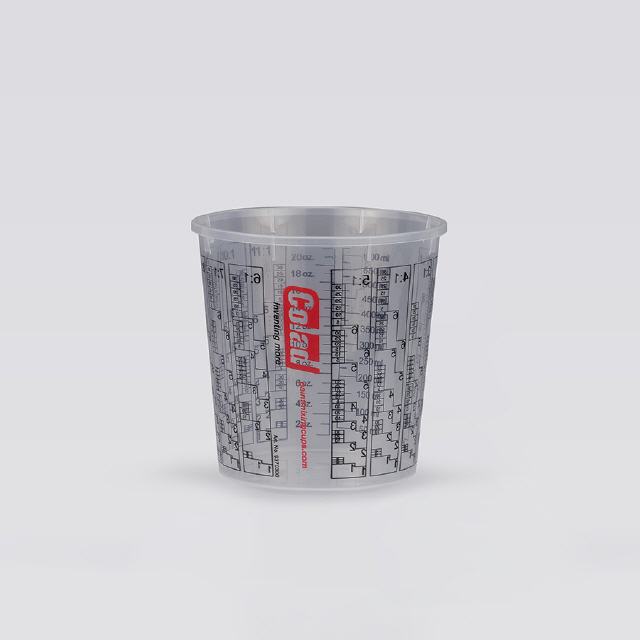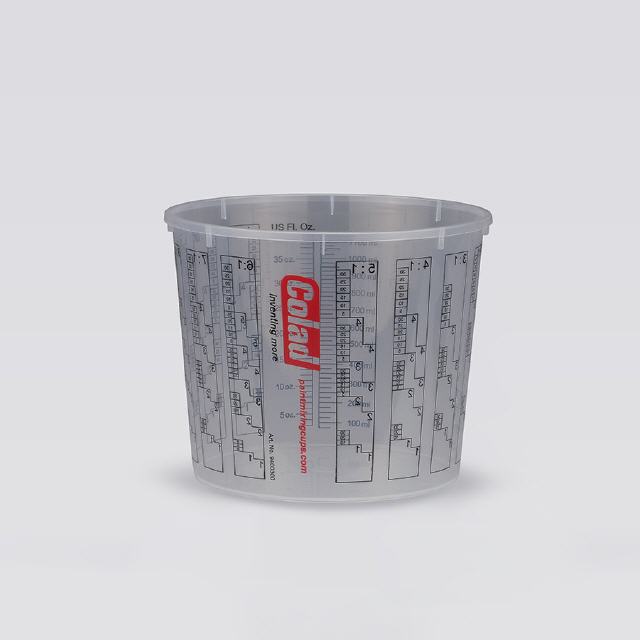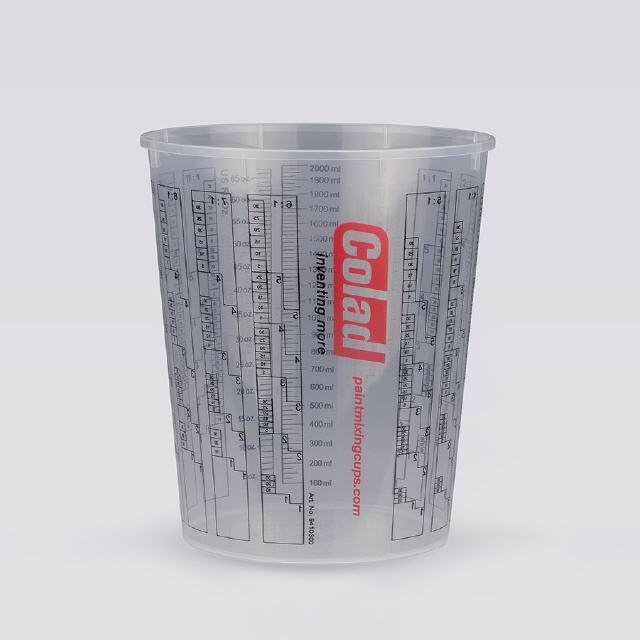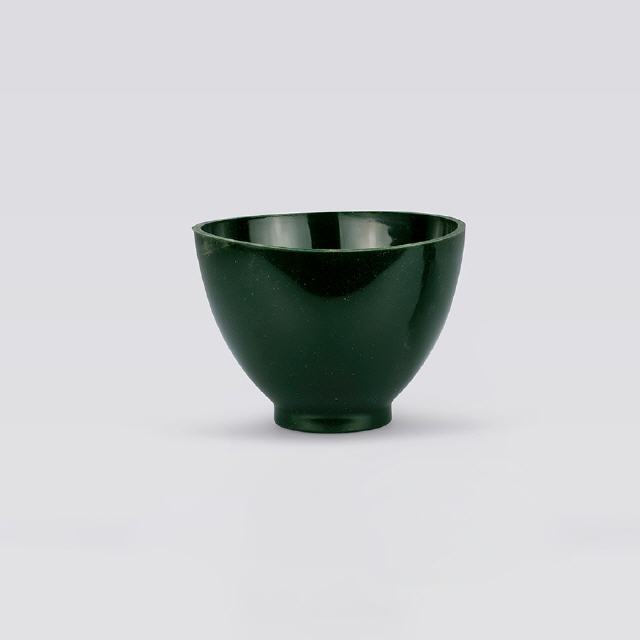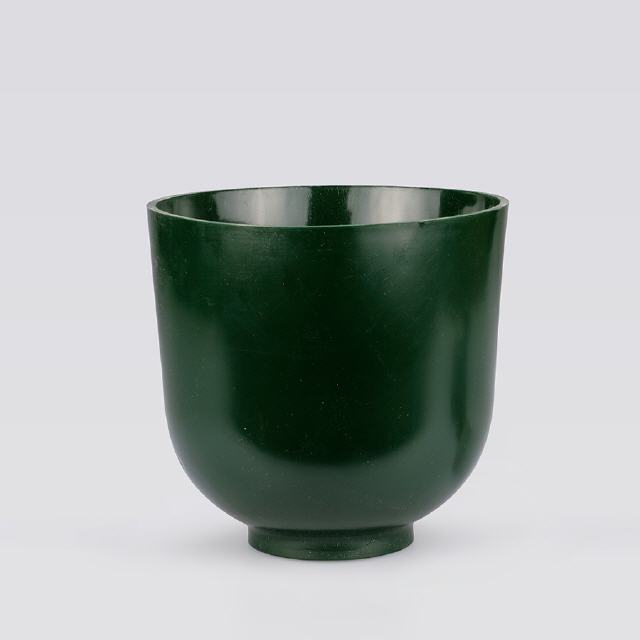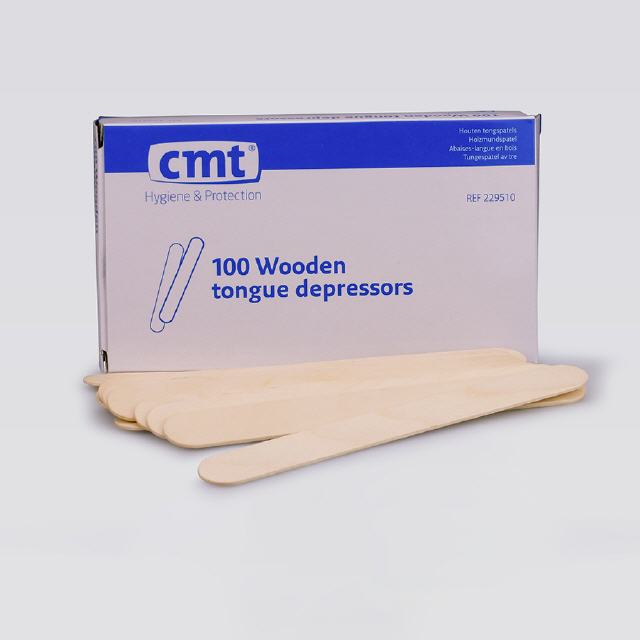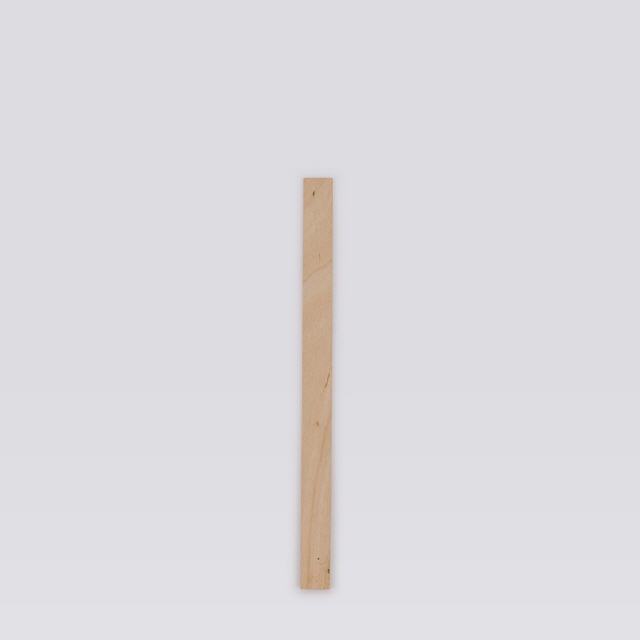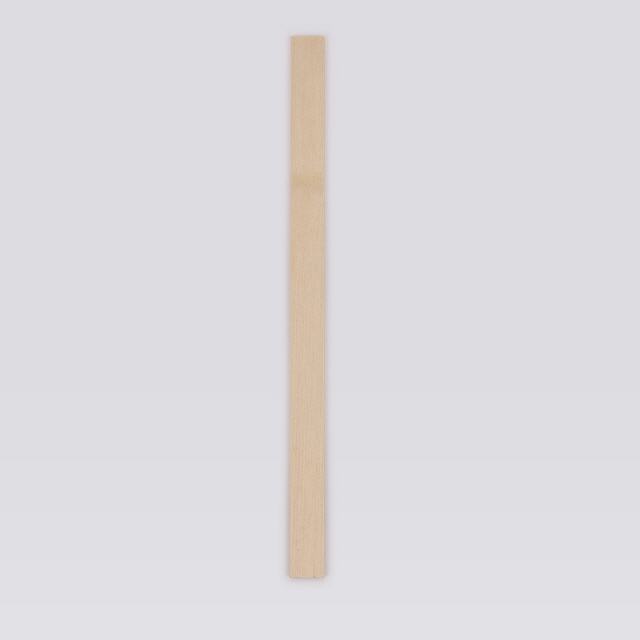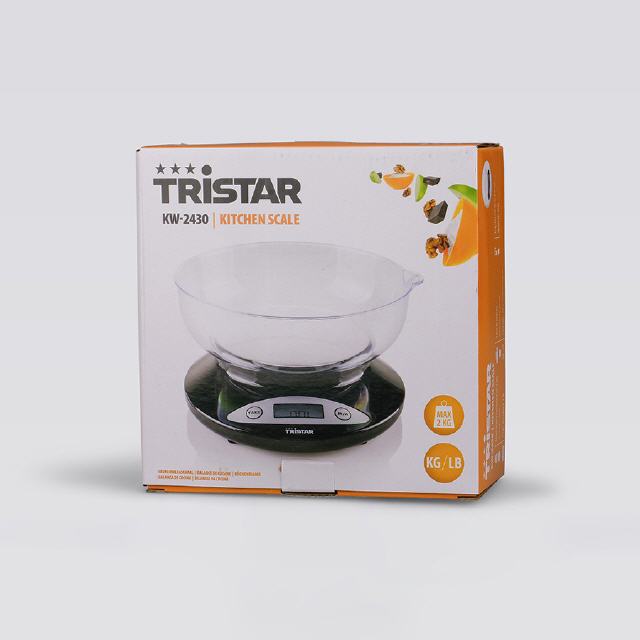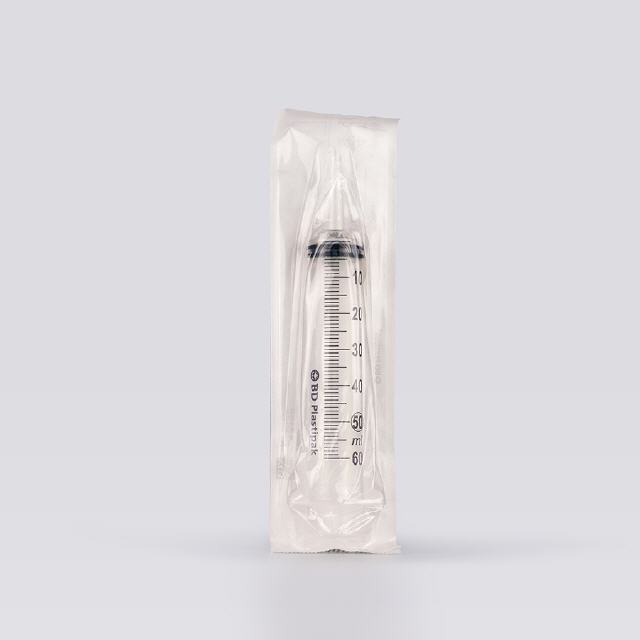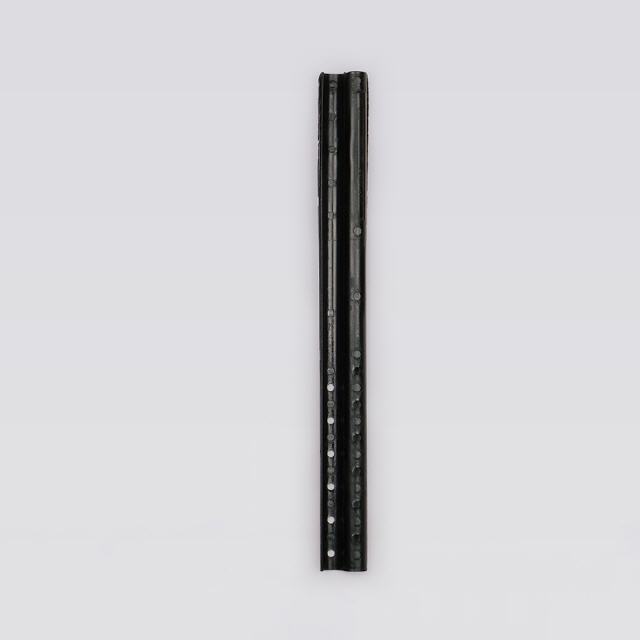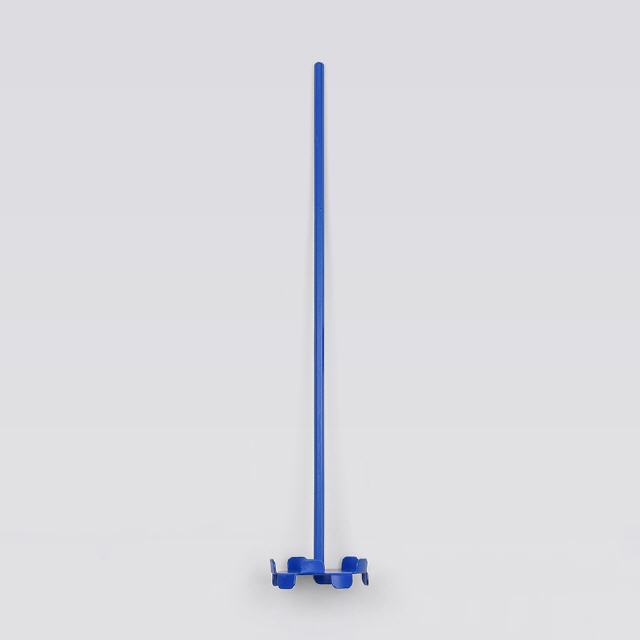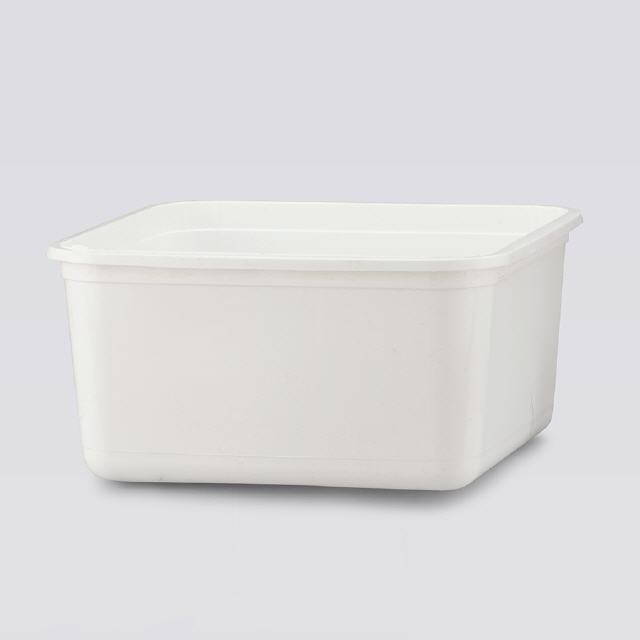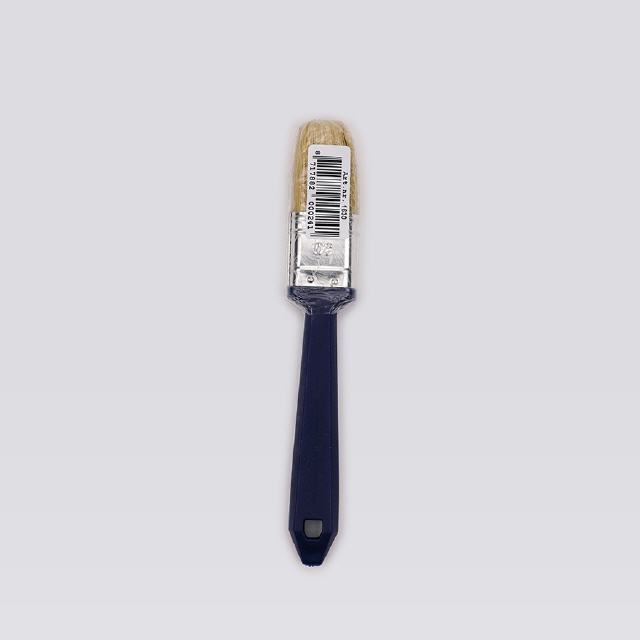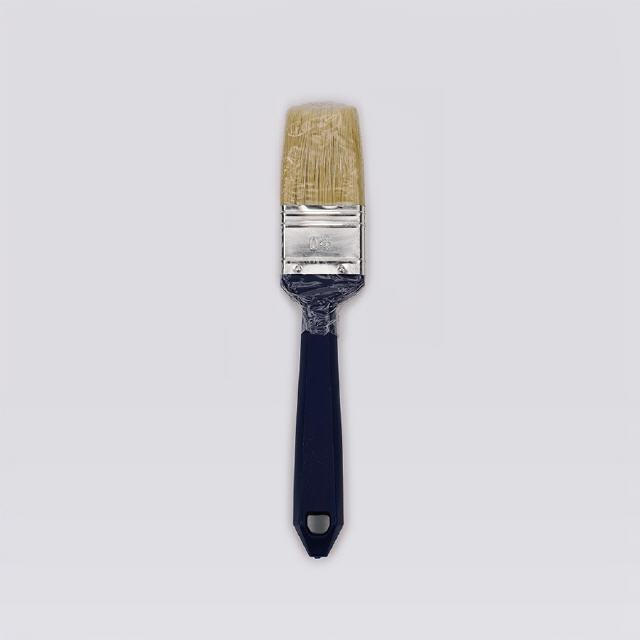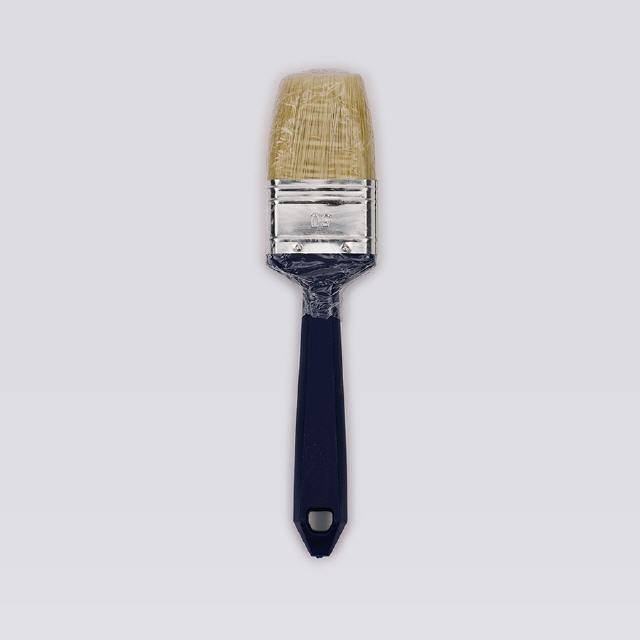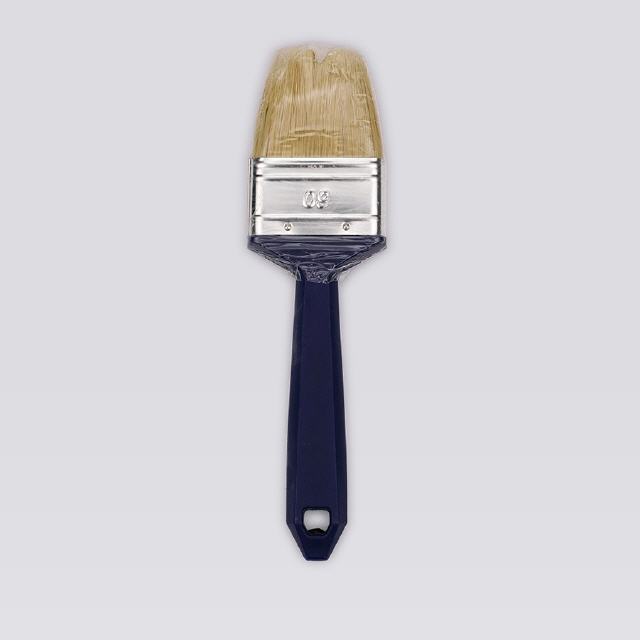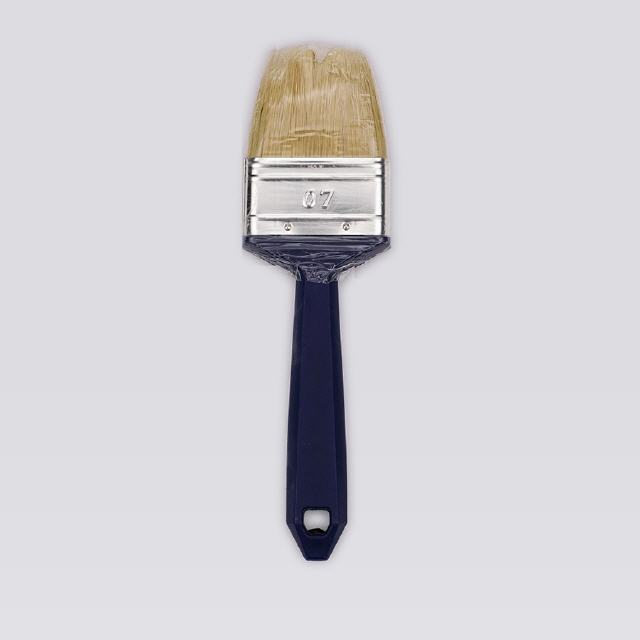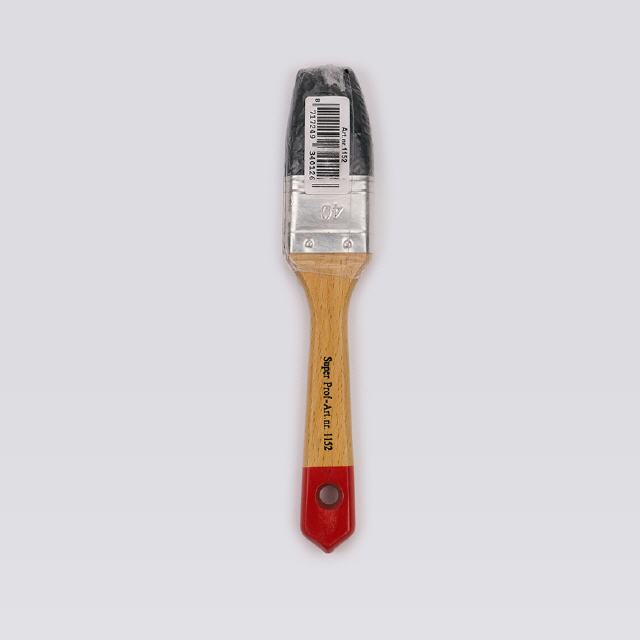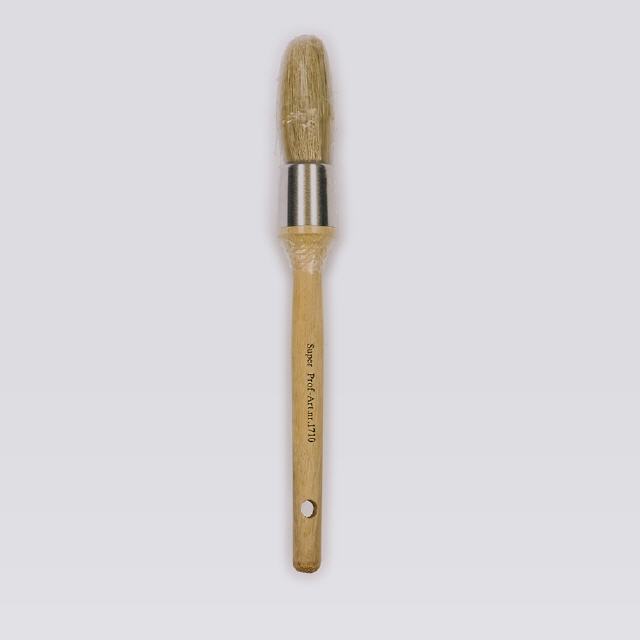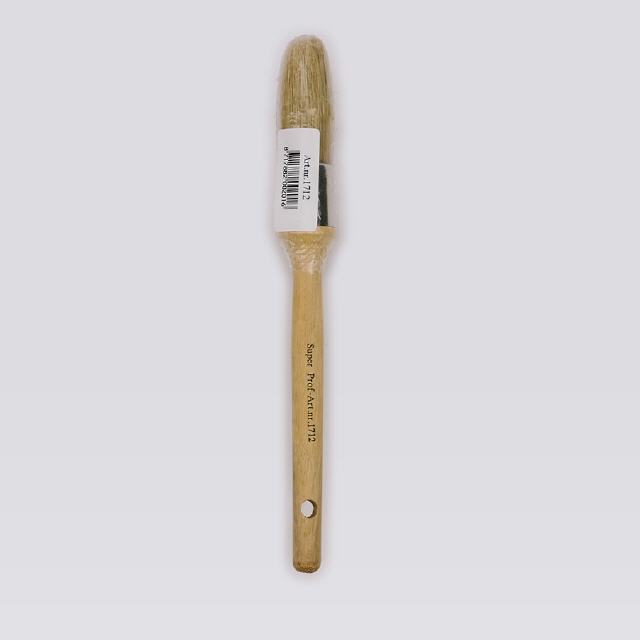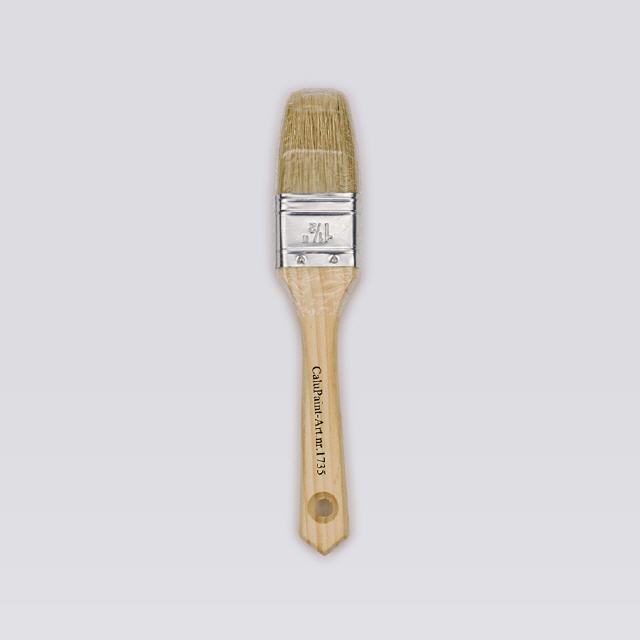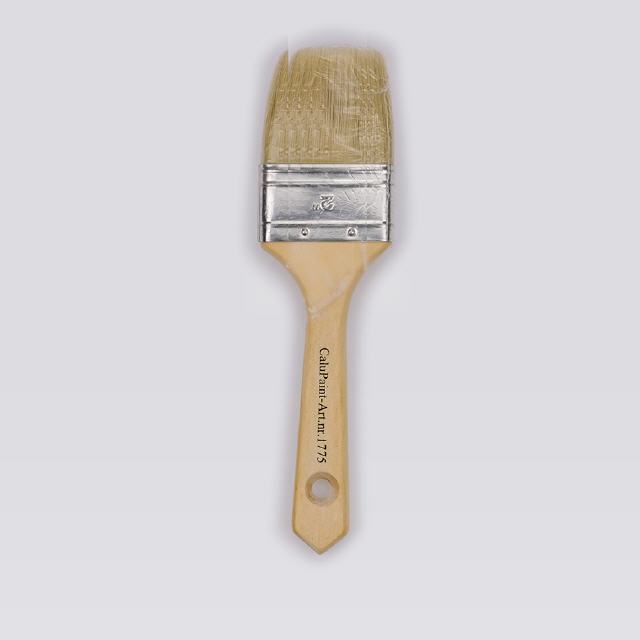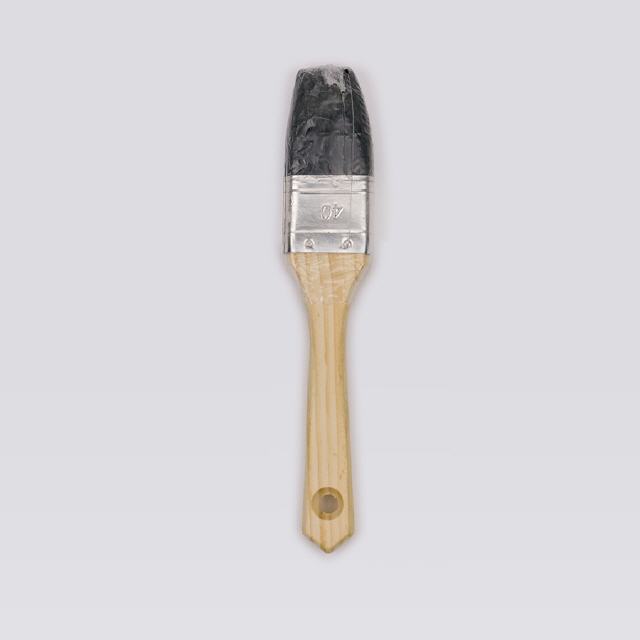- Startpagina
- 3D Printers and accessoires
- Modelleren
- Afvormen & Gieten
- Tin Siliconen
- Platinum Siliconen
- Dragon Skin™ Serie
- Ecoflex™ Serie
- Equinox™ Serie
- Mold Star™ Serie
- Rebound™ Serie
- Smooth-Sil™ Serie
- SORTA-Clear™ Serie
- Body Double™ Siliconen
- Psycho Paint™
- PlatSil® Gel & Deadener
- Rubber Glass®
- Encapso™ K
- Solaris™
- Soma Foama™ Silicone Schuim
- EZ-Brush™ Vac Bag Siliconen
- EZ-Spray™ Siliconen
- Silicone Additieven
- PU-rubbers
- Alginaat
- PU-harsen
- PU Schuim
- Epoxies
- Polyester
- Latex, Schuimlatex
- Mask Making Latex
- Mold Making Latex
- FormX Elastica
- Monster Makers Schuimlatex
- Monstermakers Mask making latex RD-407
- Monstermakers additives & Components
- Holden's HX-200™ Coating/Dipping Latex
- Holden's HX-Body Latex™ - Kwastbaar
- Holden's Mold Making Latex HX-80™
- Holden's Mold Making Latex High Viscosity HX-974™
- Holden's Mask Making Latex - Pourable HX-407™
- Holden's Mask Making Latex - Brushable HX-807™
- Holden's Cosmetic Latex™
- Holden's HX-Frisket Masking Latex™
- Holden's HX-Injection Medium™
- Latex Accessoires
- Latex Pigmenten
- Latex Verf
- Latex Thickener
- AcrylCast
- Prince August
- Gips, Gipsverband & Cement
- Jesmonite Acryl Systeem
- Buddy Rhodes Beton Systeem
- Verzegelaars & Losmiddel
- Additieven
- Pigment
- Jesmonite Pigmenten
- Pure Pigments
- Ultra Fine Pigments
- Silc Pig™ Pigmenten
- Glow Worm Pigmenten
- Cryptolyte
- Silc Pig™ Electric
- SilTone
- SilTone Kits
- Silicone Pigments - FuseFX Coloring System
- Silicone Coloring System S.A.M
- Key-Pigments Silicone Pigments
- Flock vezels
- Latex Pigments
- Polyester Pigment
- UVO Pigmenten - UV bestendig
- SO-Strong kleurstoffen
- Ignite
- Real Metal Powders
- Faux Metal Powders
- CastMagic Powders
- Verf
- Maker Pro Paint™
- Maker Pro Paint™ Fluorescent
- Maker Pro Paint™ Metallics
- Maker Pro Paint Additive
- Vallejo acryl verf
- Vallejo Metal Color
- Vallejo Acrylic Mud
- Vallejo Primers and Laquer
- Psycho Paint™
- Latex-verf
- Latex Paint Base
- Fuse-FX LY-series paints
- FuseFX M-series paints
- Fuse-FX F-series paint
- Jesmonite verf
- Vulmiddelen & Afwerking
- Oplosmiddelen & Verdunners
- Lijmen
- Gereedschap
- Apparatuur
- Speciale Make-Up
- Skin Illustrator Palettes
- Skin Illustrator Liquids
- Fleshstone 60ml
- Fleshstone 120ml
- Dark Fleshstone 60ml
- Dark Fleshstone 120ml
- FX 60ml
- FX 120ml
- FX 240ml
- Complexion 60ml
- Complexion 120ml
- Alchemy 60ml
- Alchemy 120ml
- Grunge 60ml
- Grunge 120ml
- Grunge 240ml
- Mardi Gras 60ml
- Mardi Gras 120ml
- Necromania 60ml
- Mekash Colors 60ml
- Clear Gloss 60ml & 120ml
- Glo-Worm 60ml & 120ml
- Tattoo Classic 60ml & 120ml
- Sunburn
- Alphabetical all
- Skin Illustrator Singles
- Skin Illustrator Glazing Spray
- Skin Illustrator Glazing Gels
- Skin Illustrator Concentrates
- Skin Illustrator Mouth FX
- RipperFX Palettes
- Allied FX (Blue Bird)
- Stacolor Paletten
- MaqPro Farde Palettes
- MaqPro Make-Up Mixer
- MaqPro Creamy
- MaqPro Bruise Gel
- TS PAX Paints
- Rubber Mask Grease Paint
- Old Age Stipple
- Tattoo Sheets
- Kwasten Make-Up
- Stempels & Mallen
- Sponges and Applicators
- Head Armatures
- FormX Tools
- Kryolan Make-Up
- Special Effects
- Prothetische Materialen
- FormX Academy
- Toepassingen
- Literatuur
PMC™ Serie
Buy Smooth-On at FormX
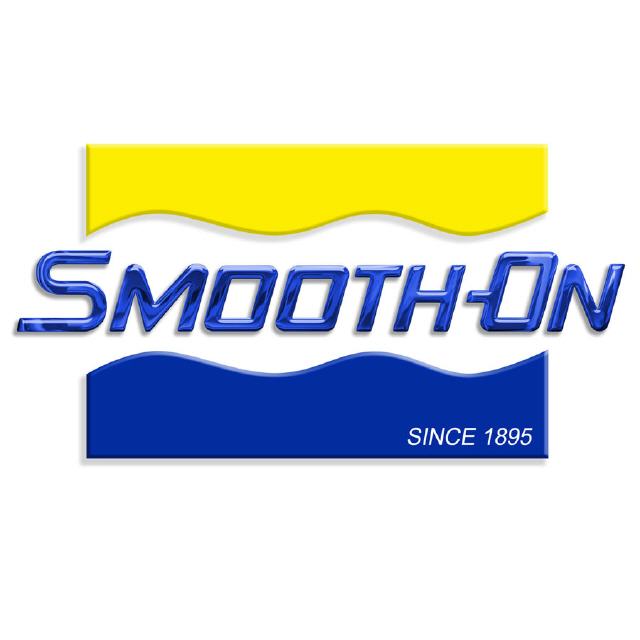
Smooth-On is one of the worlds leading manufaturers 3D modeling materials such as mold-making, casting and special effects materials but also industrial casting resins, adhesives and equipment. FormX is main distributor of Smooth-On products in Europe.
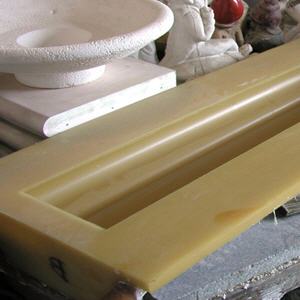
Dit zijn wat hardere PU-rubbers die traditioneel gebruikt worden in de keramische industrie. Ze vertonen een uitstekende slijtvastheid, harden uit met een verwaarloosbare krimp en zijn economisch.
PMC™-744
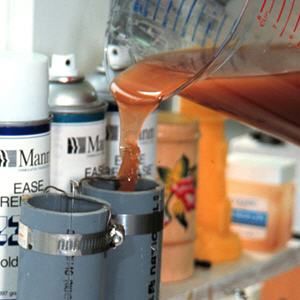
PMC™-744 wordt al jaren gebruikt door professionals in het maken van mallen voor het gieten van gips, beton, harsen, enz. Het is uitstekend geschikt voor het maken van mallen die sterk, duurzaam en vormstabiel zijn. Lage viscositeit zorgt voor reproductie van fijne details.
KENMERKEN
PMC™-744 is ideaal voor het maken van keramische mallen en mallen voor gipsblokken, het reproduceren van sierpleister, het maken van mallen voor het gieten van beton, het gieten van een verscheidenheid aan Smooth-On urethaanharsen, het gieten van was voor het maken van kaarsen en het maken van mechanische rubberen onderdelen
Verwerkingstijd 15 minuten - Uithardingstijd 16 uur - Kleur Beige - Shore-hardheid 44A
Technicsch Bulletin
PMC 744 Veiligheidsinformatie
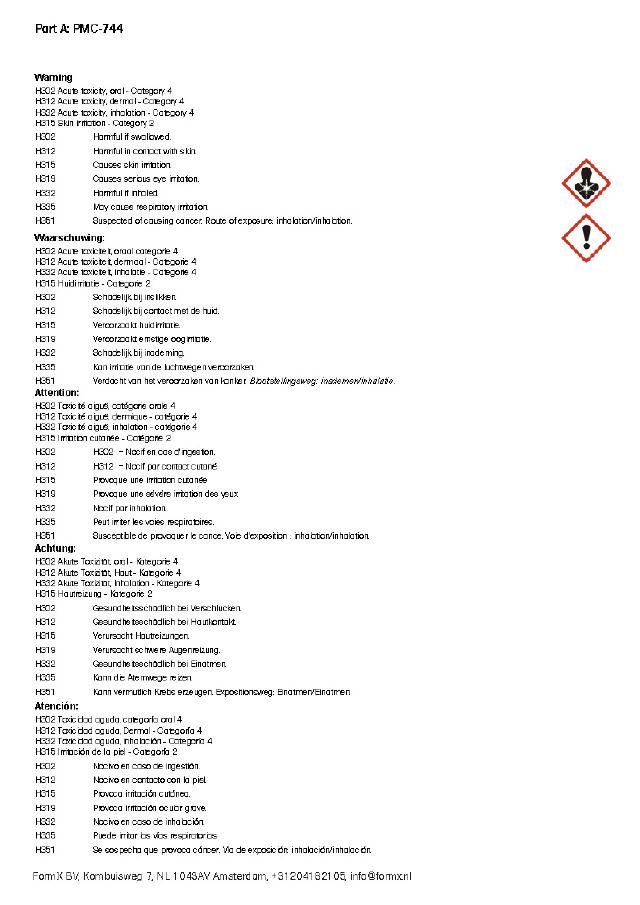
- Lees het veiligheidsinformatie label. Klik op de afbeelding.
- Read the safety information label. Click on the image
- Lisez les informations de sécurité cliquez sur l'image
- Lea la etiqueta de información de seguridad. Haga clic en la imagen
- Lesen Sie das Sicherheitsinformationsetikett. Klicken Sie auf das Bild.
PMC™-744 producten
PMC™-746
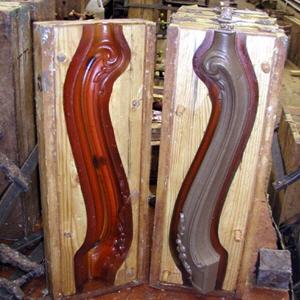
PMC™-746 is ontwikkeld om mallen te maken voor het gieten van gipspleisters. Het is zeer geschikt voor gebruik als rubberen koffervorm - vooral grote koffervormen waar extra stijfheid vereist is. Duurzaamheid en vochtbestendige eigenschappen PMC™-746 wordt ook gebruikt door dierentuinen en musea voor een verscheidenheid aan matrijzenbouw, display- en tentoonstellingstoepassingen. Andere toepassingen zijn het maken van gipsblokmallen, het reproduceren van sierpleister, prefab betonmallen, gietwas, harde polyurethaan, epoxy's en een verscheidenheid aan speciale effecten.
Shore-hardheid: 60A | Mengverhouding: 2A:1B (gewicht of volume) | Bevat geen kwik
Technisch Bulletin
PMC 746 veiligheidsinformatie
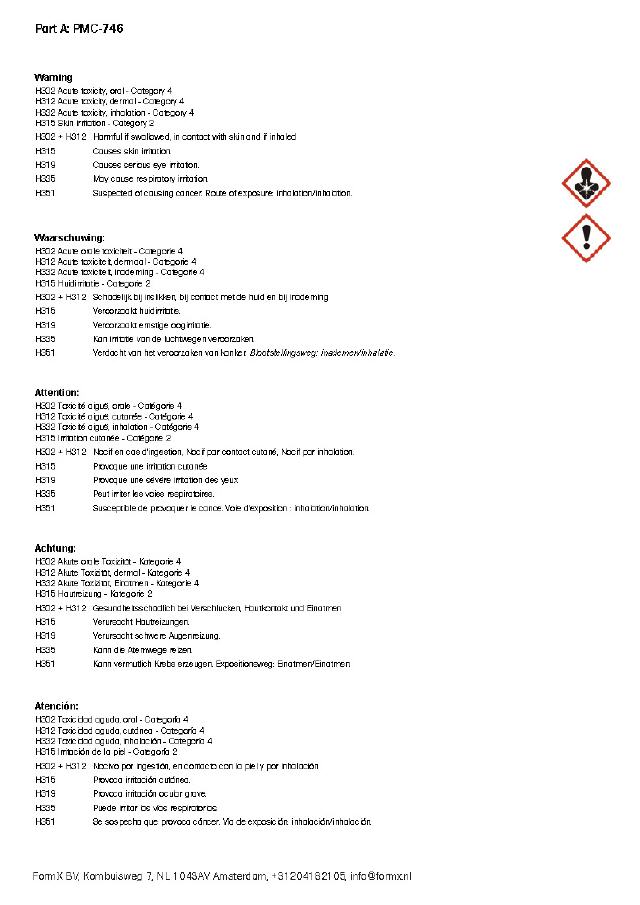
- Lees het veiligheidsinformatie label. Klik op de afbeelding.
- Read the safety information label. Click on the image
- Lisez les informations de sécurité cliquez sur l'image
- Lea la etiqueta de información de seguridad. Haga clic en la imagen
- Lesen Sie das Sicherheitsinformationsetikett. Klicken Sie auf das Bild.
PMC™-746 producten
PMC-746 Clear Amber
PMC™-770
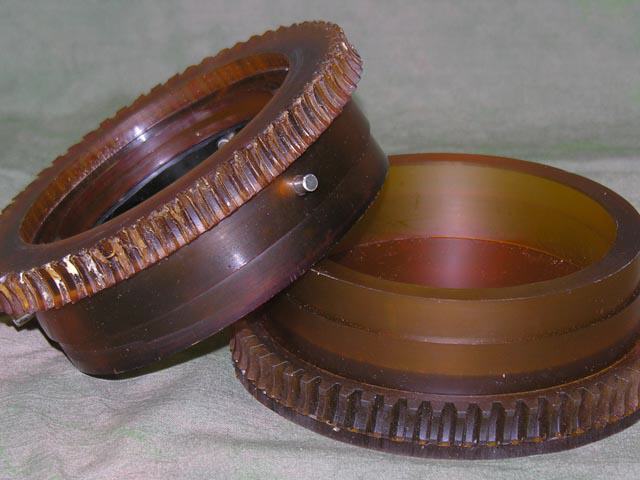
PMC™-770 is Shore 70A rubber met een uitzonderlijke maatvastheid. Het is geschikt voor het productiegieten van schurende materialen zoals beton (prefab beton, het maken van betonnen stempelkussens, enz.) en gipspleisters met hoge exothermen. Geschikt voor rubberen mechanische onderdelen met verschillende configuraties (pakkingen, wielen, katrollen), evenals kogelmolen voeringen en trillings-/schokkussens.
Shore-hardheid: 70A | Mengverhouding: 2A:1B (gewicht of volume)
PMC 770 veiligheidsinformatie
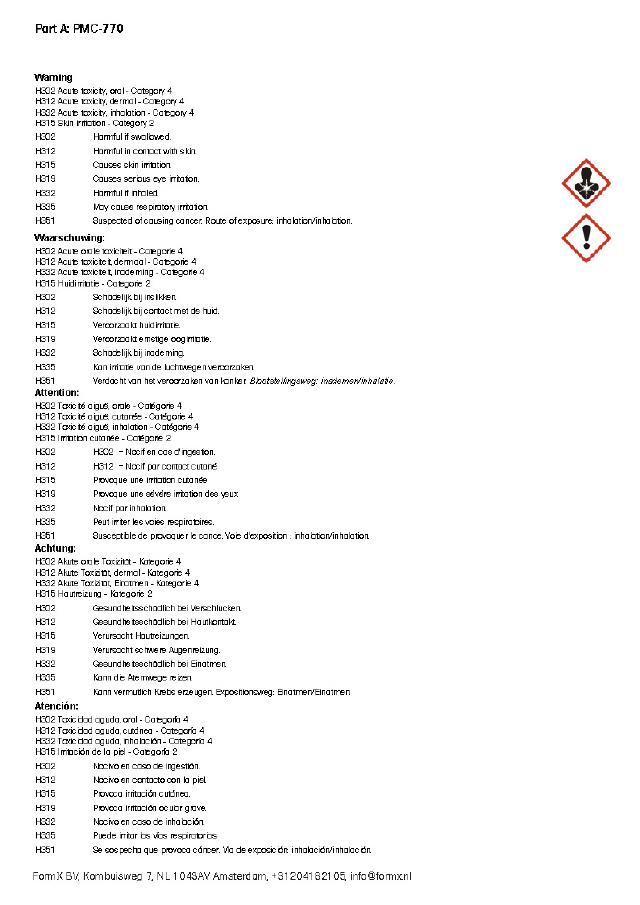
- Lees het veiligheidsinformatie label. Klik op de afbeelding.
- Read the safety information label. Click on the image
- Lisez les informations de sécurité cliquez sur l'image
- Lea la etiqueta de información de seguridad. Haga clic en la imagen
- Lesen Sie das Sicherheitsinformationsetikett. Klicken Sie auf das Bild.
PMC™-770 producten
PMC™-780 WET
PMC™-780 is een eersteklas urethaan rubber dat uitzonderlijke sterk, duurzaamheid en slijtvast is. Meng twee delen A en een deel B-gedeelte op gewicht of volume.
PMC™-780 giet gemakkelijk en hardt uit bij kamertemperatuur met verwaarloosbare krimp.
Kies degene die het meest geschikt is voor uw toepassing: De Originele PMC™-780 DRY scheidt geen olie af. PMC™-780 WET bevat een ingebouwd lossingmiddel om te helpen bij de lossing van betonnen vormen.
Beide worden in de hele wereld gebruikt voor het gieten van schurende materialen zoals beton (prefab beton, of het maken van beton stempels) en gips met een hoge exotherm. PMC™-780 DRY wordt ook vaak gebruikt om rubber mechanische onderdelen van verschillende configuraties (pakkingen, wielen, katrollen) evenals kogelmolen voeringen en trillings-/schokkussens.
Shore-hardheid: 80A | mengverhouding: 2A:1B
PMC 780 Dry & Wet veiligheidsinformatie
PMC™-780 WET producten
PMC™-780 DRY
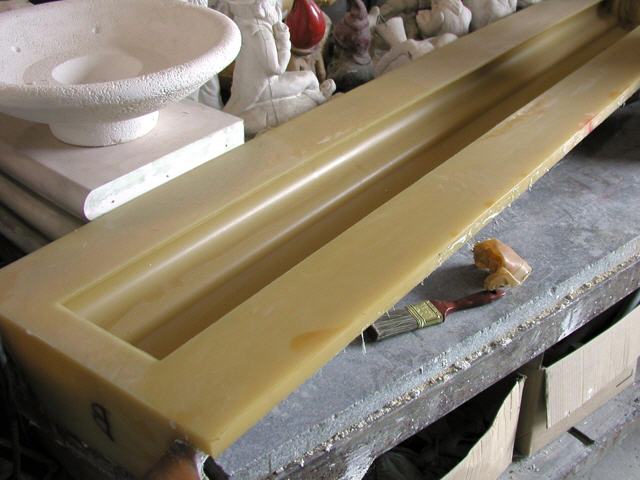
PMC™-780 is een eersteklas urethaan rubber dat uitzonderlijke sterk, duurzaamheid en slijtvast is. Meng twee delen A en een deel B-gedeelte op gewicht of volume.
PMC™-780 giet gemakkelijk en hardt uit bij kamertemperatuur met verwaarloosbare krimp.
Kies degene die het meest geschikt is voor uw toepassing: De Originele PMC™-780 DRY scheidt geen olie af. PMC™-780 WET bevat een ingebouwd lossingmiddel om te helpen bij de lossing van betonnen vormen.
Beide worden in de hele wereld gebruikt voor het gieten van schurende materialen zoals beton (prefab beton, of het maken van beton stempels) en gips met een hoge exotherm. PMC™-780 DRY wordt ook vaak gebruikt om rubber mechanische onderdelen van verschillende configuraties (pakkingen, wielen, katrollen) evenals kogelmolen voeringen en trillings-/schokkussens.
Shore-hardheid: 80A | mengverhouding: 2A:1B
780 Dry veiligheidsinformatie
PMC™-780 DRY producten
PMC™-790
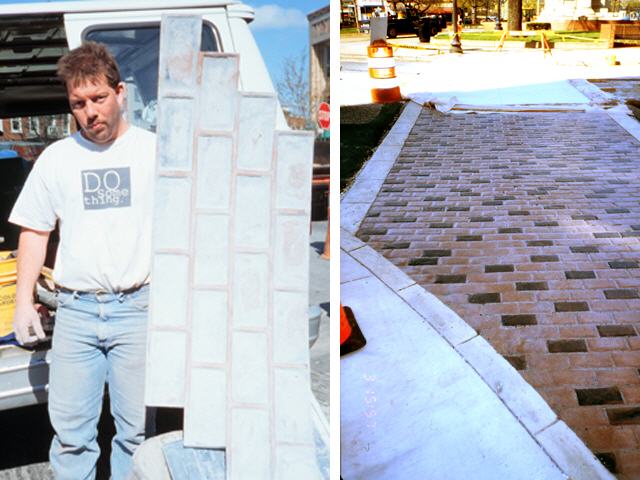
PMC™-790 is een industriële urethaan rubber die is ontworpen om aan de strengste eisen van de industriële productie toepassingen te voldoen.
Het is een zeer harde rubber die superieure scheur-en treksterkte evenals slijtage weerstand biedt.
PMC™-790 is ook geschikt voor een verscheidenheid aan industriële toepassingen, waaronder het maken van betonnen stempels, moulagevullers en mallen voor het gieten van beton. PMC™-790 is ook goed voor het maken van kogelmolen voeringen, industriële rollen en riemen, rubberen mechanische onderdelen.
Shore-hardheid: 90A
PMC 790 veiligheidsinformatie
PMC™-790 producten
PMC™ eigenschappen
| PMC™ | Mengverhouding | Ontvormtijd | Rek bij breuk | Vloeibaarheid (gemengd) | Verwerkingstijd | Shore A Hardheid | Scheursterkte | Specifiek gewicht gram/L |
| 744 | 2A:1B op gewicht/volume | 16 uur | 400 % | 3400 cps | 15 min | 44 A | 90 pli | 1,000 |
| 746 | 2A:1B op gewicht/volume | 16 uur | 650 % | 1200 cps | 15 min | 60 A | 100 pli | 1,000 |
| 770 | 2A:1B op gewicht | 16 uur | 600 % | 3000 cps | 35 min | 70 A | 160 pli | 1,015 |
| 780 | 2A:1B op gewicht/volume | 48 uur | 700 % | 2000 cps | 25 min | 80 A | 200 pli | 1,015 |
| 790 | 2A:1B op gewicht/volume | 48 uur | 600 % | 3000 cps | 20 min | 90 A | 300 pli | 1,068 |
Voorbereiding - Materialen moeten worden bewaard en gebruikt bij kamertemperatuur 23 ° C. De luchtvochtigheid moet laag zijn. Deze producten zijn beperkt houdbaar en dienen zo snel mogelijk te worden gebruikt. Draag een veiligheidsbril, lange mouwen en rubberen handschoenen om het risico op besmetting te minimaliseren. Goede ventilatie (ruimtegrootte) is noodzakelijk.
Sommige materialen moeten worden afgedicht - Om hechting tussen het rubber en het modeloppervlak te voorkomen, moeten modellen van poreuze materialen (gipspleister, beton, hout, steen, enz.) worden afgedicht voordat een lossingsmiddel wordt aangebracht. SuperSeal® of One Step® (verkrijgbaar bij FormX) zijn sneldrogende sealers die geschikt zijn voor het afdichten van poreuze oppervlakken zonder de oppervlaktedetails te verstoren. Schellak is geschikt voor ruwe contouren. Een hoogwaardige schellak is geschikt voor het afdichten van boetseerklei die zwavel of vocht (op waterbasis) bevat. Thermoplasten (polystyreen) moeten ook worden afgedicht met schellak of PVA.
In alle gevallen moet het afdichtmiddel worden aangebracht en volledig drogen voordat een lossingsmiddel wordt aangebracht.
Niet-poreuze oppervlakken - Voor metaal, glas, harde kunststoffen, zwavelvrije kleien, enz. is alleen een lossingsmiddel nodig.
Een lossingsmiddel aanbrengen - Een lossingsmiddel is nodig om het ontvormen te vergemakkelijken bij het gieten in of over de meeste oppervlakken. Gebruik een lossingsmiddel dat speciaal is gemaakt voor het maken van mallen (Universal® Mold Release). Een ruime laag lossingsmiddel moet worden aangebracht op alle oppervlakken die in contact komen met het rubber.
BELANGRIJK: Voor een grondige dekking, kwast het lossingsmiddel lichtjes met een zachte kwast over alle oppervlakken van het model. Volg met een lichte nevelcoating en laat 30 minuten drogen.
Omdat geen twee toepassingen hetzelfde zijn, wordt een kleine testtoepassing aanbevolen om de geschiktheid voor uw project te bepalen als de prestaties van dit materiaal in het geding zijn.
BELANGRIJK: Houdbaarheid van het product wordt verminderd na opening. Het resterende product moet zo snel mogelijk worden gebruikt. Het onmiddellijk terugplaatsen van de deksels op beide containers na het doseren van het product zal de houdbaarheid van het ongebruikte product helpen verlengen. XTEND-IT® Dry Gas Blanket (verkrijgbaar bij FormX) zal de houdbaarheid van ongebruikte vloeibare urethaanproducten aanzienlijk verlengen.
METEN & MENGEN - Vloeibare urethanen zijn vochtgevoelig en zullen vocht uit de lucht opnemen. Menggereedschappen en containers moeten schoon zijn en van metaal, glas of plastic gemaakt zijn. Materialen moeten worden opgeslagen en gebruikt in een warme omgeving van 23 °C.
BELANGRIJK: Meng deel B voor gebruik. Nadat u gelijke hoeveelheden deel A en B in de mengbeker hebt gedaan, mengt u grondig gedurende ten minste 3 minuten en zorgt u ervoor dat u de zijkanten en onderkant van de mengbeker meerdere keren schraapt.
Bij het mengen van grote hoeveelheden (7 kg. of meer) tegelijk, gebruik een mechanische mixer (cementmixer of dergelijks) gedurende 3 minuten, gevolgd door voorzichtig met de hand mengen gedurende één minuut zoals hierboven aangegeven. Giet vervolgens de volledige hoeveelheid in een nieuwe, schone mengkom en doe het helemaal opnieuw.
Hoewel dit product is geformuleerd om luchtbellen in het uitgeharde rubber tot een minimum te beperken, zal vacuümontluchting de ingesloten lucht verder verminderen. Een drukgiettechniek waarbij een drukkamer wordt gebruikt, kan volledig luchtbelvrije gietstukken opleveren. Neem contact op met FormX voor meer informatie over vacuümontluchting of drukgieten.
Gieten - Voor de beste resultaten giet je je mengsel op één plek op het laagste punt van het insluitveld. Laat het rubber zijn niveau omhoog en over het model zoeken. Een uniforme stroom zal helpen om ingesloten lucht te minimaliseren. Het vloeibare rubber dient op het hoogste punt van het modeloppervlak minimaal 1,3 cm af te vlakken.
Uitharden - Laat het rubber een nacht (minstens 16 uur) uitharden bij kamertemperatuur 23 °C alvorens het te verwijderen. De uithardingstijd kan worden verkort met milde hitte of door Smooth-On Kick-It® Cure Accelerator toe te voegen. Hard rubber niet uit bij een temperatuur lager dan 18°C.
Na-uitharding - Nadat het rubber bij kamertemperatuur is uitgehard, kunt u het nog 4 tot 8 uur verwarmen bij 65 °C om de fysieke eigenschappen en prestaties verbeteren.
De mal gebruiken - Bij gebruik als malmateriaal moet vóór elke gieting een lossingsmiddel op de mal worden aangebracht. Het type lossingsmiddel dat moet worden gebruikt, hangt af van het materiaal dat wordt gegoten. Het juiste lossingsmiddel voor was, vloeibaar rubber of thermohardende materialen (bijv. Smooth-On vloeibare kunststoffen) is een spraylosser die speciaal is gemaakt voor het maken van mallen (verkrijgbaar bij FormX). Voor het gieten van gipspleistermaterialen, spons de mal af met een zeepoplossing voor een betere gipsvloei en gemakkelijke lossing. In & Out® II Water Based Release Concentrate (verkrijgbaar bij FormX) wordt aanbevolen voor het losmaken van schurende materialen zoals beton.
Prestaties en opslag - Volledig uitgehard rubber is sterk, duurzaam en zal presteren als het op de juiste manier wordt gebruikt en bewaard. De fysieke levensduur van het rubber hangt af van hoe u het gebruikt. De krimp zal groter zijn met natte vs. droge rubbers. Neem direct contact op met Smooth-On of FormX met vragen over dit materiaal in relatie tot uw toepassing.
Benodigdheden
- Mengbekers
- Maatcylinders & bekers
- Weegapparatuur
- Kwasten
- Veiligheidsmaterialen
- Losmiddellen
Bescherming
Losmiddelen
Mengen, Meten & Wegen
Kwasten
Hier vindt u onze produkten gerangschikt naar diverse toepassingsmogelijkheden, zoals: Lifecasting, boetseren, afvormen, gieten, make-up, stuntwerk, dentaalwerk en studie.
